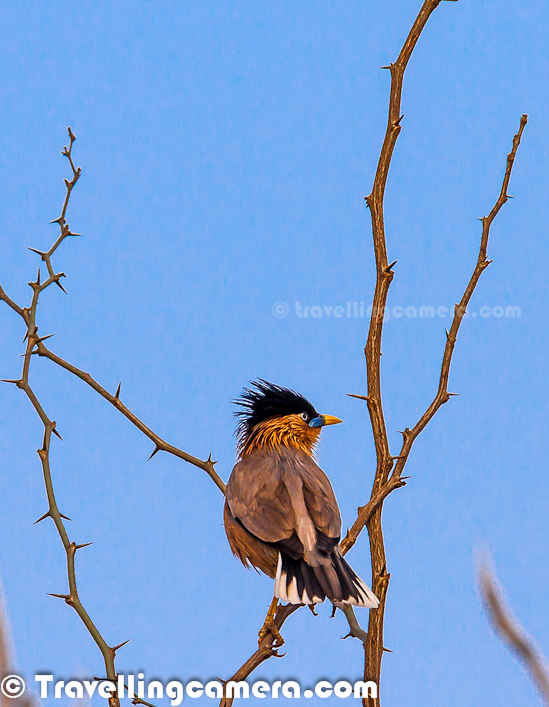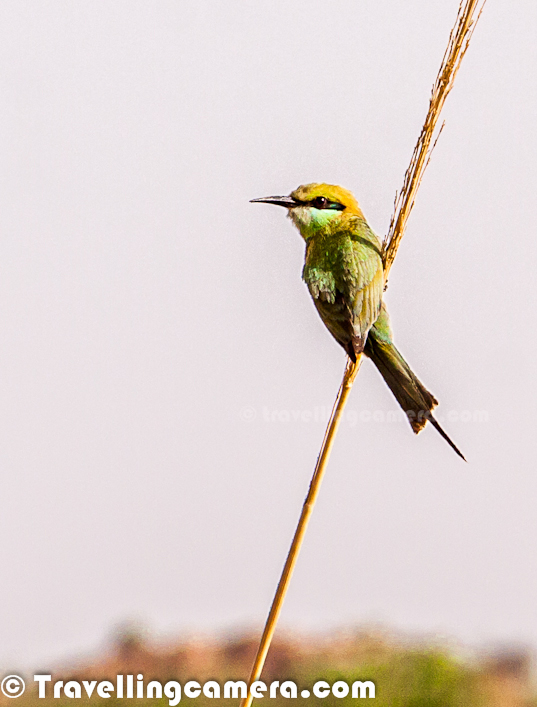Visiting Rajasthan is always a wonderful experience... Colorful land of India and wonderful people... This Photo Journey shares some of the photographs clicked around Jaipur Region of Rajasthan State...
Rajasthan is the largest state of India. It is located in the north-west part of the country.
Rajasthan is famous for its forts, intricately carved temples, and decorated havelis, which were built by Rajput kings in pre-Muslim era Rajasthan. Rajasthan Jantar Mantar, Dilwara Temples, Chittorgarh Fort, Lake Palace, miniature paintings in Bundi and numerous city palaces and havelis are an important part of the architectural heritage of India.
Rajasthan encompasses most of the area of the large,
inhospitable Great Indian Desert (Thar Desert), which has an edge
paralleling the Sutlej-Indus river valley along its border with
Pakistan. Rajasthan is bordered by Pakistan to the west, Gujarat to the
south-west, Madhya Pradesh to the south-east, Uttar Pradesh and Haryana
to the north-east and Punjab to the north.
Jaipur, the Pink City, is noted for the ancient houses
made of a type of sand stone dominated by a pink hue. In Bundi, maximum
houses are painted blue. At Ajmer, the white marble Bara-dari on the
Anasagar lake is exquisite. Jain Temples dot Rajasthan from north to
south and east to west. Dilwara Temples of Mount Abu, Ranakpur Temple
dedicated to Lord Adinath in Pali District, Jain temples in the fort
complexes of Chittor, Jaisalmer and Kumbhalgarh, Lodurva Jain temples,
Bhandasar and Karni Mata Temple of Bikaner are some of the best
examples.
Most of these photographs were shot around Jaipur while we were moving with TATA Motors 'Blaze De Rajasthan' Motorsport Rally. Some of the photograph are clicked by other photographers of the crew. We were in a team of 4 photographers. We went through various villages of Rajasthan and met cheerful kids of this colorful land. Most of them were welcoming with wonderful smiles on their faces and cheering every participating car in the rally.
We passed through various villages and some of the parts were really burning in heat. On top of that, kids were working very hard for daily stuff. All these trips make us rethink about things we crib about. Even when we have lot of facilities in big cities, we keep cribbing about small things. And on other hand these folks are comparatively happy while fighting with basic needs.
The main geographic features of Rajasthan are the Thar Desert and the Aravalli Range, which runs through the state from southwest to northeast, almost from one end to the other, for more than 850 km. Mount Abu lies at the southwestern end of the range, separated from the main ranges by the West Banas River, although a series of broken ridges continues into Haryana in the direction of Delhi where it can be seen as outcrops in the form of the Raisina Hill and the ridges farther north. About three-fifths of Rajasthan lies northwest of the Aravallis, leaving two-fifths on the east and south direction. (Courtesy - http://en.wikipedia.org/wiki/Rajasthan)
Gradually motorbikes have become main ways of commuting from one place to another, but in some of the regions bikes become useless. We crossed through some deserts where bikes can't work... Even some of the cars won't work in those regions. Some of the 4*4 cars of our rally got stuck in those deserts...
We also saw various colorful birds around villages of Rajasthan. Above is a photograph of Bramhiny Starling and the bird below is Green Bee Eater.













.jpg)
Comments
I WAS born there and love everything about it. Beautiful architecture, the colours, the art. Its fabulous.
In fact u muct check some really great architecture that is not taken care of by its own people in Rajasthan - http://styledestino.blogspot.in/2012/04/colours-of-india.html
thanks for sharing
& Merry Christmas